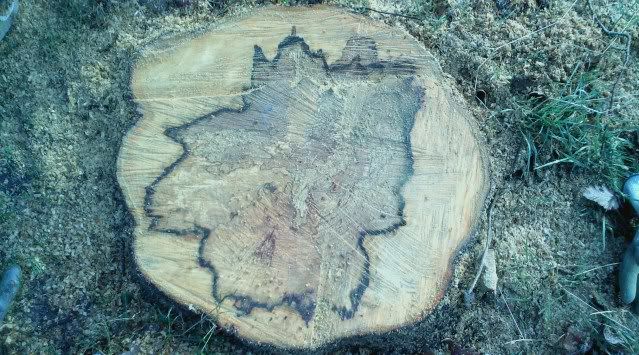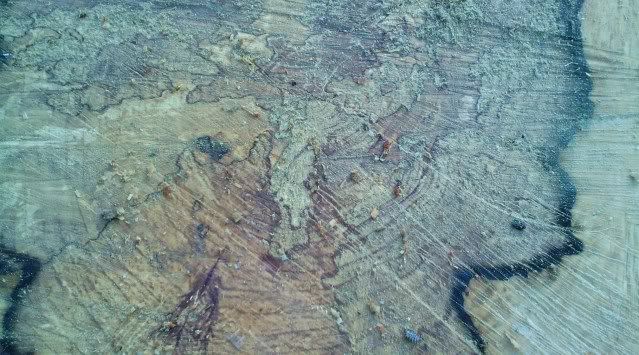What wood has the nicest patterns?
I want to carve some spoons and mabey some bowls, but i want them to have an intresting pattern/grain in the wood. Is there any specific wood that gives this or is there something speical that you need to look for?
Any adivce appricated.
Mike
I want to carve some spoons and mabey some bowls, but i want them to have an intresting pattern/grain in the wood. Is there any specific wood that gives this or is there something speical that you need to look for?
Any adivce appricated.
Mike

 ) Alder is probably the best wood to use to start, if you can get it. It has some wild colouring, it turns red/brown even purplish when its opened and cut. It can have burrs as well. The other softer easier woods Robin mentioned might not have the wow factor of purpleheart or zebrano or jarrah or bird eye maple, but they are easier to carve. And additionally they can be stained or painted too, this is an apect which is often overlooked. Sycamore is a nice wood to carve. It can get a very fine smoth finish polished almost like ivory. Lime is OK but it sometimes impart a peppery taste to food.
) Alder is probably the best wood to use to start, if you can get it. It has some wild colouring, it turns red/brown even purplish when its opened and cut. It can have burrs as well. The other softer easier woods Robin mentioned might not have the wow factor of purpleheart or zebrano or jarrah or bird eye maple, but they are easier to carve. And additionally they can be stained or painted too, this is an apect which is often overlooked. Sycamore is a nice wood to carve. It can get a very fine smoth finish polished almost like ivory. Lime is OK but it sometimes impart a peppery taste to food.

